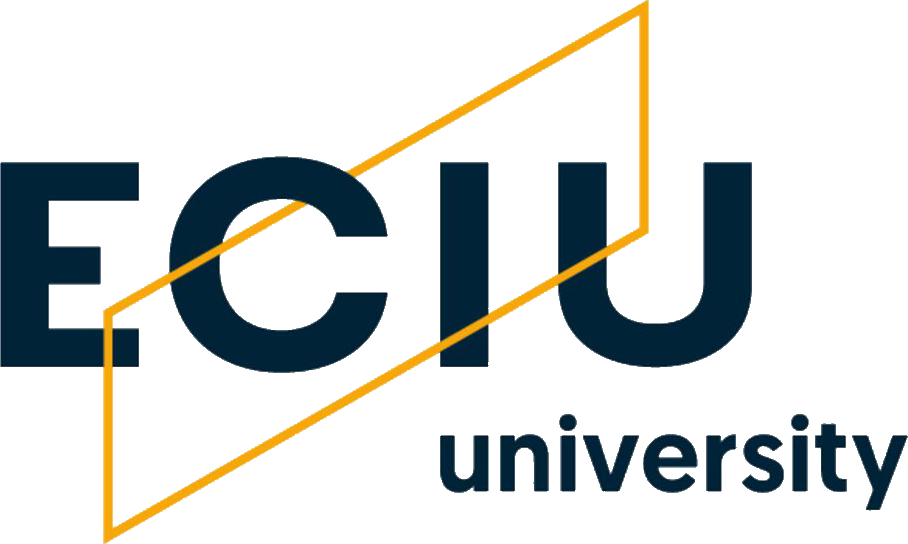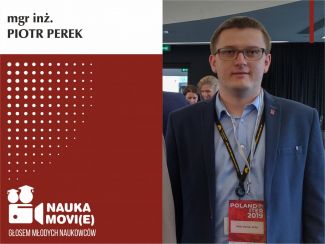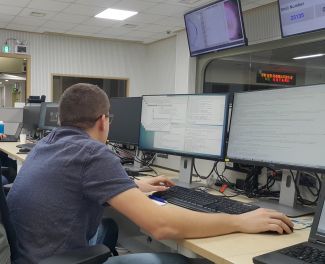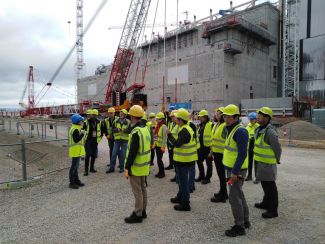The construction of an artificial sun is a task in which a team of scientists from the Department of Microelectronics and Computer Science at TUL is engaged. Mgr inż. Piotr Perek is one of the participants in this interdisciplinary and multinational ITER project.
He focuses on the broadly understood software development for diagnostic systems. This is quite an enormous given the scope of the ITER project, which involves 35 countries and has an estimated value of €18 billion. The aim of the project is to achieve a 10-fold energy gain, thus demonstrating the feasibility of using controlled thermonuclear fusion to produce energy on a mass scale.
Mgr inż. Piotr Perek is also, among others, the author of the Stereoscopic Image Registration Assistant, a solution for which he received a gold medal at the 22nd International Salon of Research, Innovation and Technological Transfer “INVENTICA 2018” in Romania and the 2018 Seoul International Invention Fair (SIIF 2018) in South Korea.
What was your path to research work like?
During the fourth year of my Master studies I joined the team in the Department of Microelectronics and Computer Science, which cooperates with the Deutsches Elektronen-Synchrotron (DESY) in Hamburg. Our task was to develop control systems for FLASH (Free Electron Laser in Hamburg) and the European X-Ray Free Electron Laser (EXFEL) accelerators. Such lasers are used for nanoscale research and not only physicists make use of them. The devices serve, among others, experts in medicine, pharmacy or materials research.
I also did a student summer internship at the DESY centre. This experience showed me that the rigorous requirements encountered by providers of electronic and IT systems can be interesting challenges, also in the field of scientific research.
Which scientific discipline do you specialise in?
My work is related to the design and development of electronic and IT systems used for the control and diagnostics of large-scale physics experiments. As I have already mentioned, at the beginning I dealt with control systems for particle accelerators. Currently my work is more focused on diagnostic systems for fusion devices (e.g. ITER and KSTAR tokamaks and the W7-X stellarator). Each of these represents a further step towards the use of fusion to build power stations. These are activities on the borderline of electronics and computer science, as our team is involved in providing complete systems, starting from the design of electronic devices, through firmware to high-level control software.
Building an artificial sun, as the ITER project is referred to, poses a challenge for civilisation. What are your tasks?
I am involved in broadly understood software development for diagnostic systems. I am responsible for development of both system level software (e.g. for microcontrollers monitoring the status of single measurement modules) and complex applications for data acquisition and processing.
One example of this may be imaging systems for plasma diagnostics using super-fast cameras operating at the bandwidths of gigabits per second (Gb/s). My tasks include the development of device drivers using efficient mechanisms for the transmission of large data streams; libraries necessary to control our devices as well as efficient applications and IT systems for image acquisition and processing using, among others, graphics processors.
I also deal with issues of real-time data acquisition and processing. This is particularly important for diagnostic systems that must provide measurements for the plasma control system. I am currently developing software for a prototype system to measure plasma temperature and density based on Thomson scattering. The software which I develop in collaboration with ITER and KSTAR centres is designed to acquire data from analog-to-digital converters (ADCs) with a sampling rate of 5GS/s, and then to process and transmit the results within several milliseconds.
You are a graduate in electronics and telecommunications: to what extent does the knowledge obtained during your studies is useful in your current work?
In retrospect, I can say that it was a very good choice, as these studies gave me a thorough grounding in both electronics, embedded systems design and programming, and computer science. Because we work with advanced control and data acquisition systems, writing software often requires knowledge of the principles of operation of the electronic equipment with which it is to communicate. In addition, system design requires knowledge of both electronics and computer science. Despite the fact that the studies are only an introduction to the issues and problems faced in our professional lives, I believe that the comprehensive knowledge which I gained helps me solve interdisciplinary problems.
Why is it worth being a scientist?
Scientific work has proved to be a constant challenge for me. It is also gratifying to be involved in large-scale physics experiments that push forward the boundaries of human cognition and possibilities. Despite the fact that sometimes the chosen ways of solving a problem turn out to be a dead end, it is worth trying in order to feel that you have achieved a solution that can become another brick in the building of something great. Research work has also given me the opportunity to visit many places and research centres around the world and to meet interesting people and cultures.
More information about TUL scientists involved in the ITER project can be found on the blog.




